This article is about the Industrial Internet of Things & its benefits in the manufacturing field, advantages, and applications of IIoT.
Introduction to the Industrial Internet of Things
Industrial IoT is a term used to describe the collection of data and process of those data with the help machine to machine communications where the machine interacts with other machines, objects, and infrastructures in order to produce data for the required operation.
A huge volume of data gets generated and that data gets processed and analyzed by using technologies like data analytics and artificial intelligence resulting in meaningful actions. It also uses smart sensors and actuators to enhance the manufacturing process and analyze the data in a real-time.
Integration of IIoT can give industries a more accurate view of how their operations are moving along and help them to make decisions fasters and more accurately.
IIoT involves collecting and analyzing sensor-generated data to support equipment monitoring and maintenance, production process analytics, and control.
These IIoT are integrated with edge computing in industrial settings, such as manufacturing, energy, and facilities management to help business to run smoothly and utilize data to improve operations.
Industrial Internet of Things
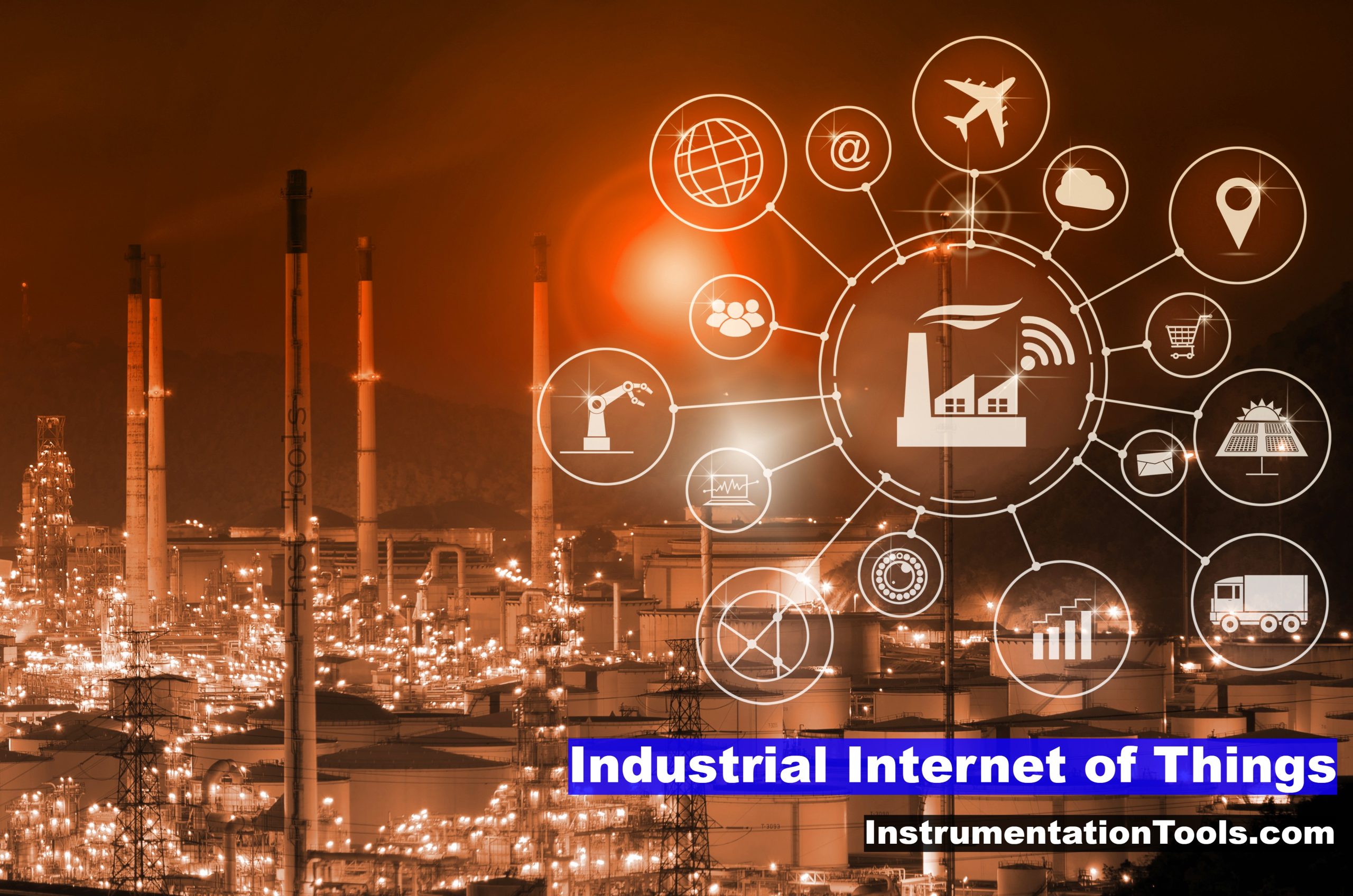
Interconnected sensors, instruments, and other devices networked together with computer’s industrial applications, including manufacturing and energy management.
IIoT is on trend today because the objective is to create a completely automated, smart factory and smart solutions in the manufacturing field. The industrial internet of things (IIoT) is the use of smart sensors and actuators to enhance manufacturing and industrial process to create a total automation environment.
The driving philosophy behind the IIoT is that smart machines are not only used for doing better and quick operations automatically but they are also used for capturing and analyzing data in real time. Also, they communicate important information that will be used for making better business decisions faster and more accurately.
These connected sensors and actuators enable companies to pick up on inefficiencies and problems sooner and save time and money while supporting business intelligence efforts. In the manufacturing field, specifically, IIoT holds great potential for quality control, sustainable and green practices, supply chain traceability, and supply chain efficiency.
IIoT is key to processes such as predictive maintenance, enhanced field service, energy management, and asset tracking.
IIoT is a network of intelligent devices connected to form systems that monitor, collect, exchange, and analyze data.
Every IIoT works with the following executions only.
- Connected devices that can sense, communicate and store information about themselves
- Public/ private data communication mode for data transformation.
- Analytics and applications that generate business information from raw data.
- Storage for the data that is generated by the IIoT devices.
These edge devices and intelligent assets transmit information directly to the data communication infrastructure, where it is converted into actionable information on how a certain piece of machinery is operating. This information can be used for predictive maintenance as well as to optimize business processes.
Benefits of Industrial Internet of Things in Manufacturing
The introduction of IoT has opened gates for many possibilities of performance upgrades through control in the field of manufacturing. IoT has moved from our homes and offices to the industrial segment and hence become the Industrial Internet of Things.
IIoT in the manufacturing industry is a core element of the transformation and by far it has seen the most investment, which makes for a promising future in this engineering field.
The manufacturing industry is leading in the Internet of Things for various reasons, such as the promising industrial revolution and then there are the many cases of actual IoT deployments that offer the rapid return and enable manufacturers to realize the digital transformation from several perspectives: efficiency, automation, customer-centricity, competitive benefits and the advantages which are offered by using data across the manufacturing value chain.
Inventory Management
Monitoring of all the functions and operations across the supply chain is now possible through IoT applications. Using these systems, the inventory is tracked across the globe on a line-term level and the user levels are notified of the plans, actions, and updates through IoT devices or applications.
This provides cross-channel visibility to investors and managers are provided with realistic estimates of the available material, work in progress, and the estimated arrival time of new materials. Ultimately this optimizes supply and reduces shared costs in the value chain.
Quality Control
IoT sensors collect aggregate product data and other third-party syndicated data from various stages of a product cycle. This data relates to the complete composition of raw materials used, temperature and working environment, wastes, the impact of transportation, and more on the final products.
Then, if used in the final product, the IoT device can provide data about the customer’s sentiments on using the product. All of these inputs can later be analyzed to identify and correct quality issues, which leads to significant improvement.
Enhanced Safety
Big data analysis is effectively possible with the Industrial Internet of Things.
Key performance of indicators of health and safety, such as the number of injuries, short and long-term absences, illness rates, and near misses, can be thus monitored constantly to ensure better workplace conditions.
Lagging indicators like the number of accidents can be addressed immediately.
Smart Metering
IIoT has seen the introduction of various smart meters. These smart meters can continuously monitor the components of resources like electricity, fuels, water, etc.
Through the use of IoT sensors, manufacturers will know exactly how much energy is consumed and it will also analysis with the trends which occur before & gives the data accordingly. Through effective management, operational expenditure can be reduced significantly.
Predictive Maintenance
IIoT plays a major role in predictive maintenance in the manufacturing field. In this, we have not only seen a revolution in the machine maintenance system but also it’s delivery.
For the first time, predictive maintenance is delivered through hardware, which takes machine conditions monitoring beyond cloud computing into edge computing. This helps us to fast process and analyze of system.
It also helps us to determine the condition of equipment in order to predict when maintenance should be performed or possible breakdowns. This promises cost savings over routine or time-based preventive maintenance as the tasks are performed only when warranted.
Smart Packaging
With the help of IoT sensors in products and packaging, manufacturers can gain valuable insights into the usage patterns and handling of products from different customers.
Smart tracking mechanisms can be used to track products during transit and the impact of weather, road, and other environmental variation on the product.
This in turn offers insights that can be used to re-engineer products and packaging for better performance in both customer experience and at times, even the cost of packaging.
Digital Industries
IoT-enabled machinery can transmit operational information to the partners like original equipment manufacturers and field engineers.
This will enable operation managers and factory heads to remotely manage the factory units and take advantage of process automation and optimization. This makes streaming the day-to-day work effortlessly.
Advantages of IIoT
IIoT in manufacturing is indeed empowering the industrial revolution. It increases productivity, efficiency, and decision-making, reduces cost, and enables an organization with real-time information and operational benefits. Some of the benefits are:
Reduces the downtime of the machine
The first thing of this IIoT in the manufacturing field is improvising machine failure. Unplanned downtime/ machine breakdown is likely to occur in the manufacturing industry, which reduces overall productivity, and customer care and affects the business also.
In IIoT, all these processes are eliminated and they also gave real-time information about the asset and production processes. The specialized sensors deployed at every point, track all the parameters of the individual device and gains granular visibility across the operations. The availability of real-time machine data enables manufacturers to react to machine failures.
Easy tracking and monitoring of goods
Tracking is another peak factor in IIoT. Manufacturers can receive insights into the way customers handle products through the use of IoT sensors in products and packaging.
Suppliers manufacturers and customers can use smart tracking tools to track the goods that may be damaged during transit and track the location, status, and condition throughout the supply chain.
The real-time insights help manufacturers to know whether the goods are in perfect condition or at risk and can take immediate action to fix them.
Provides condition-based Alerts
The sensors deployed inside the manufacturing equipment triggers the alerts based on specific conditions like certain temperature or minimum/maximum vibration range.
If the value gets deviated from a certain range, this will give alerts to the manufacturers which helps to conserve more energy, increase operational efficiency, and ensures that machines are working in good condition.
Minimizes Human Errors
In manual operations, human error is a very common thing. Even a small mistake can cause a lot of damage to the system which will affect the whole business value. IIoT surely reduces this problem because of its automated system, Human operation is slightly minimum only which makes the process error-free.
IIoT applications can reduce and prevent errors in inventory, operational, and production flow. So companies can improve the quality, monitor events across the supply chain and track inventory across the globe.
Applications of IIoT
The most common applications of IIoT are as follows.
- Smart Robotics
- Autonomous Vehicles
- Power Management
- Smart City applications
- Smart Farming
- Energy consumption and optimization
- Automated and remote equipment management and monitoring
- Predictive maintenance
- Quality Control
- Facility management.
- Production flow monitoring
- Inventory management.
- Logistics and Supply chain optimization
- Industrial Automation
- Product tracking.

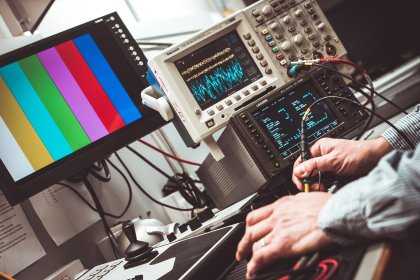
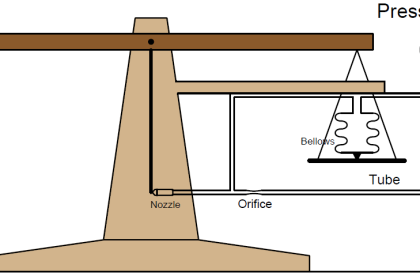

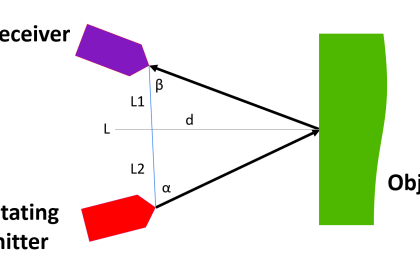

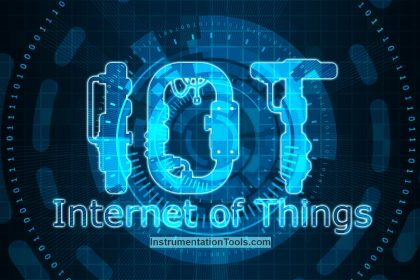


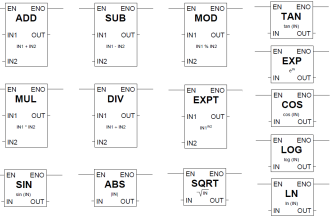

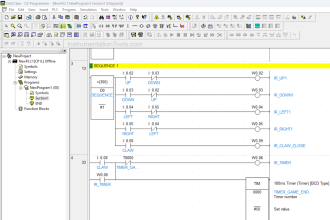
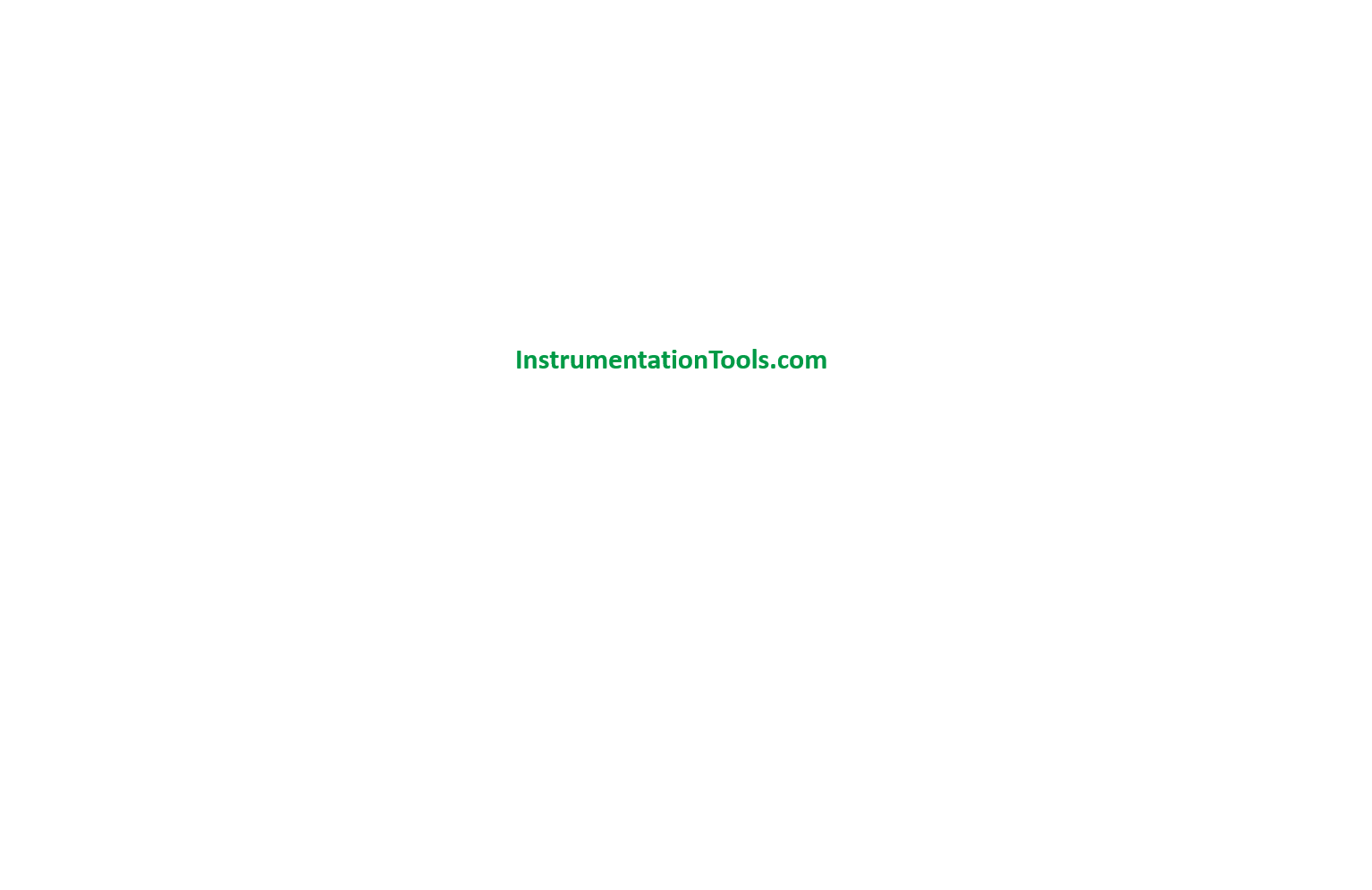
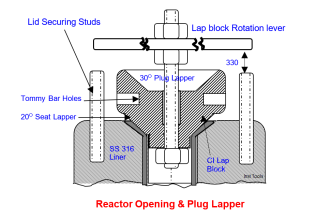
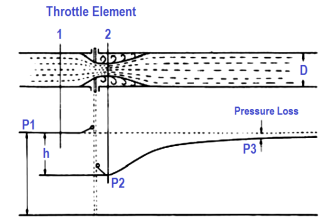
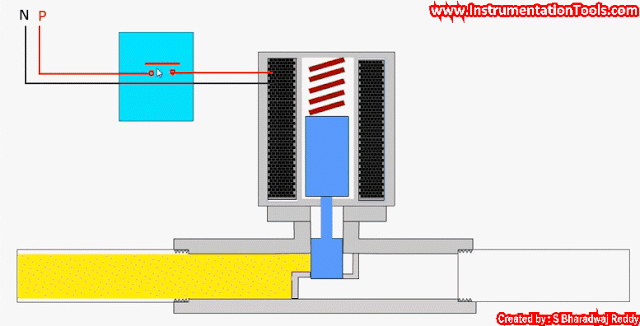

Very good! thanks for sharing this informative article.
Will be checking up on others later.